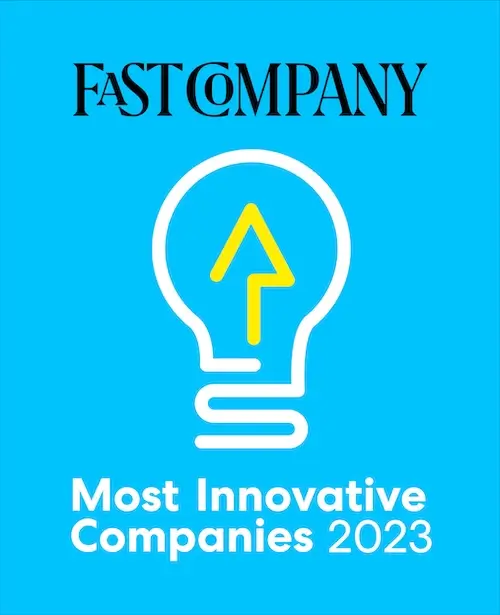Imagine building a house next to a home improvement retailer, which has all the right construction tools and materials in stock. You would be confident that you had everything at your fingertips — and that the project would go much quicker than what is usually possible.
Well, the experience of adopting and implementing no-code platforms is much like the above scenario. Such solutions are quickly replacing rather “code-heavy” software and systems, as they do not require users to write a single line of code. The notion of “no-code” is not a piece of science fiction either. It is fully integrated with legacy systems and applications, which makes it easier to build highly customizable workflows and reconfigure solutions altogether.
Now, let’s do a deeper dive into the market and benefits of no-code platforms.
Understanding the No-Code Platforms Landscape
Developing apps using low- or no-code platforms is up to 10 times quicker than using more traditional development methods, according to Forrester. That is partly why Gartner predicts that more than 50 percent of medium-to-large organizations will adopt such platforms, as part of their overall IT strategy, by 2023.
As companies strive to become even more agile in their ways of working, this low- or no-code approach will become that much more necessary. For those looking to continue their legal digital transformation, no-code platforms allow for the creation of digital tools in the absence of IT professionals. And there is not that extra burden of maintenance or any unnecessary overhead. But there is an opportunity to have a viable product in days, instead of months, and launch an individual application in mere hours, instead of weeks.
By speedily delivering capabilities in this fashion, companies can more quickly adapt to technological changes and much sooner realize business value.
Benefiting from Out-of-the-box Solutions — Like No-Code Platforms
Clearly, then, the implementation of the no-code approach holds plenty of value for legal and other departments. But here are those individual benefits further explained:
Automation and AI — Thanks to highly configurable automation, in the form of artificial intelligence and machine learning, no-code platforms increase the efficiency and effectiveness of processes. They also add a new level of dexterity, as users can tailor their systems to fit increasingly complex workflows. What is more, AI-powered, no-code software can be easily integrated with external solutions and applications.
Quick Deployment — Another benefit of no-code software is its ability to be deployed rather quickly. Just think how many months or years it takes to develop traditional enterprise systems for large-sized organizations. Also, no-code platforms simplify the majority of the application building process. Without the need for custom coding, for instance, apps can be created according to specific workflows, in a matter of hours.
Adaptability and customization — By its very design, no-code software is incredibly configurable. This means it can adapt to the ever-changing needs of departments. No matter the company’s size or industry. No matter the particular business process or workflow. Basically, elements of no-code software are built for a wider user base. However, such systems allow organizations to produce even more innovative offerings, enhancing user experiences and streamlining operations.
Simple updates — The reason why no-code platforms are so simple and quick to deploy and update is their user-friendly configurability. Think straightforward, browser-based interfaces and chatbots, for the most part. This means that companies can easily train and task teams to manage platforms and add new features and functionality, as required. Using traditional, code-heavy systems, on the other hand, can take up a lot of time and money.
Thinking About Legal Digital Transformation
As with anything else in life, the use of legal technology is not at all static. In fact, deploying ‘no-code platforms in legal and other departments is only the beginning — and the first stage of companies’ digital evolution.
So, consider investing in a legal platform that is designed the way you work at present — and can scale along with your organization in the future. Also, think about partnering with a reliable technology vendor, which can advise you on how to best realize your critical business outcomes. That is instead of leaving you to handle the adoption and implementation of the solution, entirely on your own.
Want to find out even more about the best legal platforms on the market? Consider downloading one of our latest white papers, “How to Choose a Contract Management Solution,” today.
Author:

Anurag Malik
Connect with us on Linkedin











